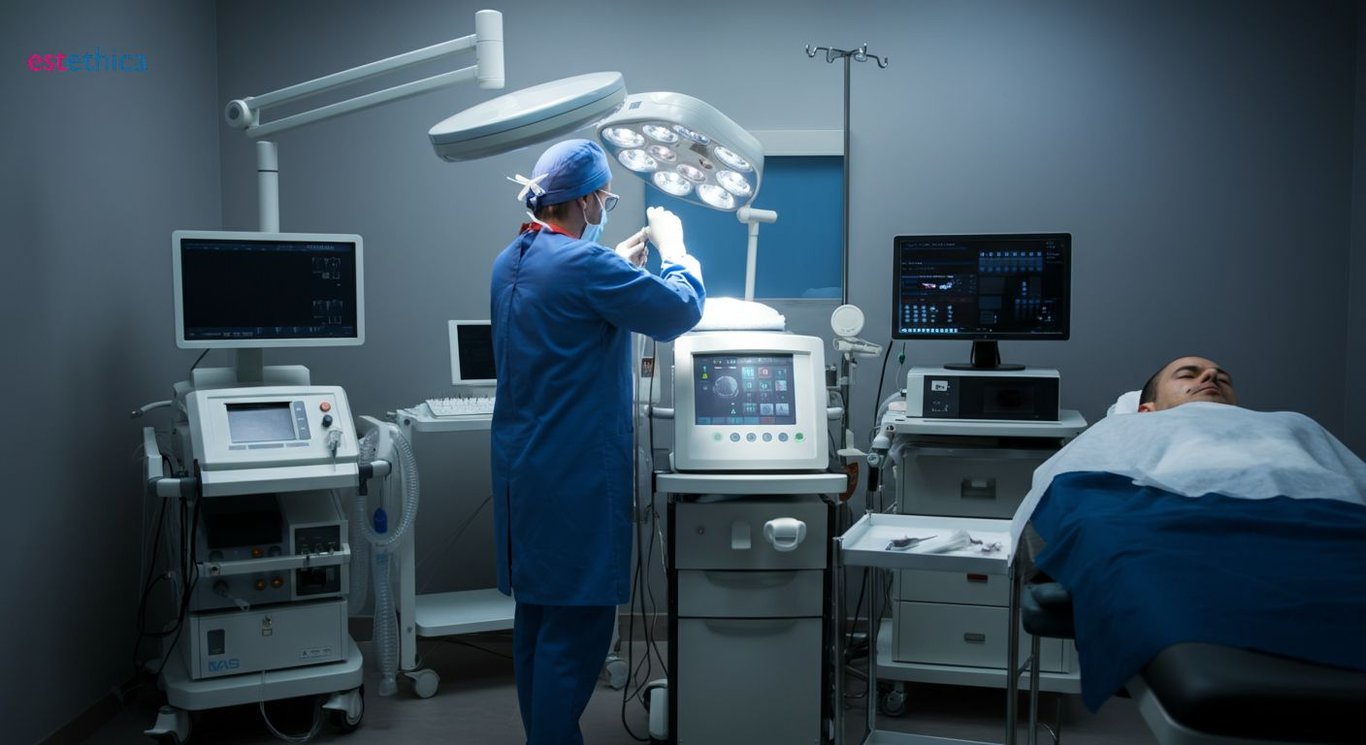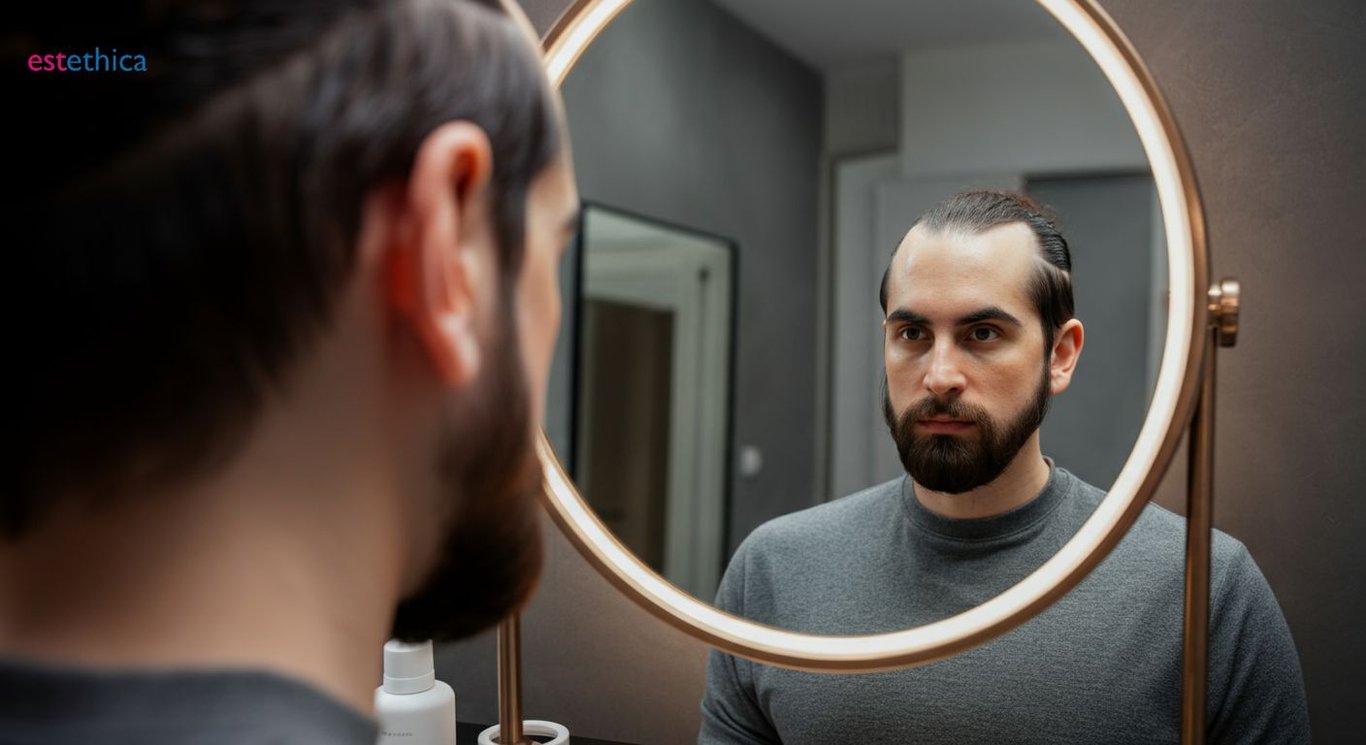Hair Transplant Unveiled: Transformative Insights
Learn effective tips about hair transplant surgery techniques and benefits for a renewed look.
Hair transplantation has emerged as a ground-breaking solution for many dealing with hair loss issues. From its inception, the technique has evolved considerably, offering those afflicted by hair loss a new lease on life through restorative methods. Hair transplant involves the meticulous repositioning of hair follicles from a donor site to a recipient site, ensuring natural growth patterns are maintained. But how does the process work, and what can potential patients expect? This article delves into the depths of hair transplantation, unraveling its techniques, benefits, preparation tips, and addressing the myths versus realities surrounding its permanence.
Understanding Hair Transplantation: A Deep Dive
Exploring the Costs of Hair Transplantation
Hair transplantation has evolved significantly, offering solutions for those seeking hair restoration. While the procedure's benefits are clear, understanding the factors influencing the cost is crucial. The price of hair transplant surgery can vary based on several elements, including the technique used, the clinic's reputation, and the surgeon's expertise. For instance, Follicular Unit Extraction (FUE) might be priced differently than Follicular Unit Transplantation (FUT) due to its minimally invasive nature. Additionally, clinics like estethica, known for their advanced techniques, may offer varying price points. It's essential to consider these aspects when evaluating the overall hair implant cost.
Key Factors Influencing Hair Transplant Costs
- Technique used: FUE vs. FUT
- Clinic reputation and location
- Surgeon's experience and expertise
These factors contribute to the overall cost, making it essential to research thoroughly before deciding on a clinic. For those interested in the latest advancements, exploring options like Revolutionizing Hair Transplants: Discover New Insights can provide valuable information.
Steps to Prepare for a Hair Transplant
- Consult with a qualified surgeon to discuss goals and expectations.
- Research and select a reputable clinic with proven results.
- Follow pre-surgery guidelines provided by the clinic for optimal results.
Proper preparation can significantly impact the success of the procedure, ensuring a smooth process and satisfactory outcome. Understanding these steps is vital for anyone considering hair restoration.

Exploring Hair Restoration Techniques and Benefits
Innovative Hair Restoration Techniques
Hair restoration has expanded beyond traditional transplants, incorporating advanced techniques like scalp micropigmentation and PRP therapy. Scalp micropigmentation involves tattooing tiny dots on the scalp to create the illusion of a fuller hairline, ideal for those not suited for surgery. PRP therapy, on the other hand, uses the body's platelets to naturally stimulate hair growth and enhance thickness. These methods offer diverse solutions for individuals seeking to improve their hair density and scalp health.
Psychological Benefits of Hair Restoration
- Enhanced self-image and confidence
- Reconnection with a youthful appearance
- Improved social interactions and personal satisfaction
Beyond physical transformation, hair restoration significantly impacts psychological well-being. Many individuals report increased confidence and a renewed sense of self, contributing to better social interactions and overall life satisfaction. Clinics like estethica in Istanbul are at the forefront, offering personalized treatment plans to cater to each patient's unique journey.
- Consultation with experts to tailor treatment plans
- Selection of appropriate techniques based on individual needs
- Ongoing support and follow-up for optimal results
These steps ensure a comprehensive approach to hair restoration, addressing both aesthetic and psychological aspects. By choosing the right clinic and technique, individuals can achieve their desired outcomes effectively.

Preparing for Hair Transplant Surgery: Essential Tips
Key Considerations for Choosing a Hair Transplant Clinic
Selecting the right clinic is a pivotal step in ensuring a successful hair transplant journey. Reputable clinics, such as estethica, are known for their advanced techniques and comprehensive care. When evaluating clinics, consider their track record of successful surgeries and patient satisfaction. For instance, clinics that offer personalized consultations and detailed evaluations can provide tailored solutions that align with individual needs. Additionally, the expertise of the surgical team plays a crucial role in achieving optimal results. Clinics with experienced surgeons who specialize in various techniques, such as follicular unit extraction, often deliver superior outcomes. It's essential to research thoroughly and choose a clinic that aligns with your expectations and goals.
Mental and Physical Preparation for Surgery
- Adhere to pre-surgery guidelines, such as avoiding alcohol and smoking.
- Plan for recovery time, ensuring you have adequate time off work.
- Set realistic expectations about the timeline for visible results.
Preparing for hair transplant surgery involves more than just selecting a clinic. Patients must also focus on physical and mental readiness. Following pre-surgery guidelines, such as avoiding alcohol and smoking, can significantly impact the procedure's success and recovery. Additionally, planning for recovery time is crucial, as it allows the body to heal properly. Patients should also set realistic expectations, understanding that noticeable hair growth typically occurs within 6-12 months post-surgery. By preparing both mentally and physically, individuals can enhance their overall experience and satisfaction with the results.
- Research and select a reputable clinic with proven success.
- Consult with experienced surgeons to discuss personalized treatment plans.
- Follow all pre-surgery and post-surgery guidelines for optimal recovery.
These steps are essential for anyone considering hair restoration. By choosing the right clinic, consulting with experts, and adhering to guidelines, patients can ensure a smooth and successful hair transplant journey.

Is Hair Transplant Permanent? Myths vs. Reality
Debunking Common Hair Transplant Myths
Hair transplant procedures are often surrounded by misconceptions. One prevalent myth is that hair transplants are only suitable for older males. In reality, individuals of various ages and genders can benefit from hair restoration. Clinics like estethica offer personalized consultations to determine the best approach for each patient, regardless of age or gender. Another myth is the expectation of instant results. While hair transplant surgery provides permanent outcomes, the full transformation requires patience, as new hair growth becomes noticeable over several months. Additionally, some believe that hair transplants are a one-time solution. Although transplanted hair is permanent, natural hair thinning due to age and genetics may still occur, affecting non-transplanted areas.
Understanding the Permanence of Hair Transplants
- Transplanted hair follicles are resistant to hair loss.
- Results are long-lasting, with hair continuing to grow for a lifetime.
- Age and genetics can influence surrounding non-transplanted hair.
Hair transplants are considered permanent because the transplanted follicles are taken from areas typically resistant to hair loss. These follicles continue to grow naturally, providing a lasting solution for hair restoration. However, it's important to acknowledge that age and genetics can still impact the surrounding non-transplanted hair, potentially leading to natural thinning over time. Understanding these factors helps set realistic expectations for those considering hairline transplants.
- Consult with a specialist to assess suitability for hair transplant.
- Understand the timeline for visible results post-surgery.
- Consider potential future thinning of non-transplanted hair.
By consulting with a specialist, individuals can gain a comprehensive understanding of their suitability for hair transplant surgery. It's crucial to recognize the timeline for visible results, which typically span several months. Additionally, considering the potential for future thinning of non-transplanted hair ensures informed decision-making. Clinics like estethica provide expert guidance, helping patients navigate these considerations effectively.
Revolutionizing Hair Transplants with Advanced Techniques
Ensuring Excellence in Hair Transplant Surgery
Frequently Asked Questions
What is a hair transplant and how does it work?
Is hair transplant surgery permanent?
How should one prepare for a hair transplant?
What are the psychological benefits of hair restoration?
What are the differences between FUE and FUT techniques?
Discover the path to 'Healthy Beauty' with estethica's expert care. Call now for your free consultation and take the first step towards a more confident you!
📞 Call for Your Free Consultation